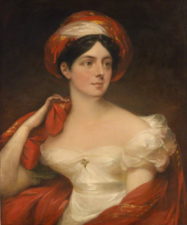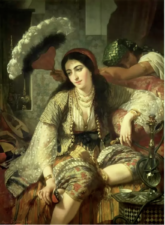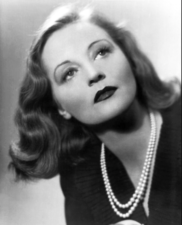After her husband’s death and a widow probably before she was twenty, Susan settled into Castle Lyon. Like other women of her status, she had access to significant wealth and property, and indeed, spent part of the 1730s in legal disputes with the Dukes of Hamilton, aiming to clarify her inheritance from her father. Not much is known about her life at this time, until she was forced into the limelight in the late 1740s, when her estate manager George Forbes took her to court to prove their marriage.
Forbes argued that in April 1745, they were married in her bedroom in Castle Lyon, by a person that she described as clergyman, and that afterwards they cohabited as man and wife. He claimed that they kept the marriage a secret due to the scandal that would have resulted from her marrying so far beneath her social rank. Forbes went on to describe subsequent events, noting that the Countess found that she was pregnant in the October following the marriage and the couple decided to go to Holland so she could give birth privately. They arrived in Rotterdam in November where they lived throughout her pregnancy, apart from short trips when they were bored. At this time, she was accompanied by her companion Miss Emelia Murray.
Susan gave birth to a daughter in Rotterdam in the following May, in front of several witnesses, including Miss Murray, Mrs Dunlop (who had arranged accommodation for them in Rotterdam), the landlady of the house they lived in, and a midwife. Afterwards the child was baptised and named for her mother. The child was then put out to nurse with a woman in the neighbourhood of Rotterdam. After recovering from the birth, Susan returned to Scotland, but left Forbes behind as the Jacobite Rebellion had made Scotland politically dangerous for known Jacobites, and Forbes had previously worked as Master of the Horse for ‘the Pretender’s Son’. On her leaving, she arranged for Forbes to have £1000 credit to support himself. Their daughter was left in the care of Miss Emelia Murray, who remained with the wetnurse in Rotterdam. Yet, as Forbes lamented, once Susan returned to Scotland, she denied the marriage and would have no more to do with Forbes.
Susan’s response to Forbes’ claims was to deny that any marriage took place, arguing that these were specious claims made by her ‘menial servant’. Indeed, a considerable amount of the court case was taken up with arguing over Forbe’s social status. She claimed that he was of lowly status, the child of a grieve (in charge of farmworkers) to the Duke of Perth, who had never had more ambition than to be a livery servant, and these claims were just an attempt to exhort money from her. He claimed that his father was a gentleman fallen on hard times, and that he had worked as Master of the Horse to Bonnie Prince Charlie, a role only given to gentleman. In the post-1745 Rebellion climate, this latter claim brought him under some criticism, with Susan’s lawyer’s remarking that it was ‘unbecoming the outward profession of Gratitude to his Majestie, whose Title he cannot Recognise if he still looks upon himself as honoured or his Blood purified by the Office he now Boasts of’ and ‘It is well known that the Highland Army was an Assylum for persons of all Ranks’. Susan’s strategy was to deny Forbes’ claims, but as Forbes himself complained, she never addressed the issue of giving birth to the child in her denials.
Whatever the truth of the situation, the case dragged out for several years during which Susan moved to Paris, perhaps to avoid the scandal. The case was still ongoing when she died on the 28th June 1754. Yet, this was not the end of the story. As heirs to an unmarried Susan, the Duke of Hamilton (husband of her deceased sister Anne) and Catherine Cochrane, wife to the Earl of Galloway, fought the case on her behalf. They were ultimately unsuccessful and in July 1756 the court found that Susan and George were married and that Susan Janet Emilia Forbes was their lawful daughter.
According to the nineteenth-century writer Thornton Hall, in his imaginative and romantic retelling of Susan’s life, this was not the last legal suit on this matter. He suggests that George then sued Susan’s family for her inheritance, finally proving her will in 1766. In the meantime, their daughter was raised in a convent in Rouen, France, but in 1761, her father brought her home to live with him (now working as a livery servant in Edinburgh) and his new wife. She was said to be cruelly treated by her stepmother and ran away from home, where she lived wild in the countryside for years, before going to work on a farm. Susan, jnr, was ultimately said to have married the farmer’s son and had many children, before finally being granted a £100 annuity by the Hamiltons and Galloways in her old age. Where he got his information, however, is unclear.
Susan was not the only Strathmore to cause legal dramas due to illicit affairs with the servants; one of her family’s descendants married his maid to legitimise their son of his deathbed! Katie Barclay is a historian at the University of Adelaide.


